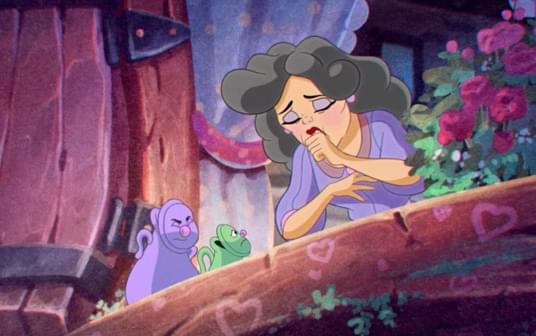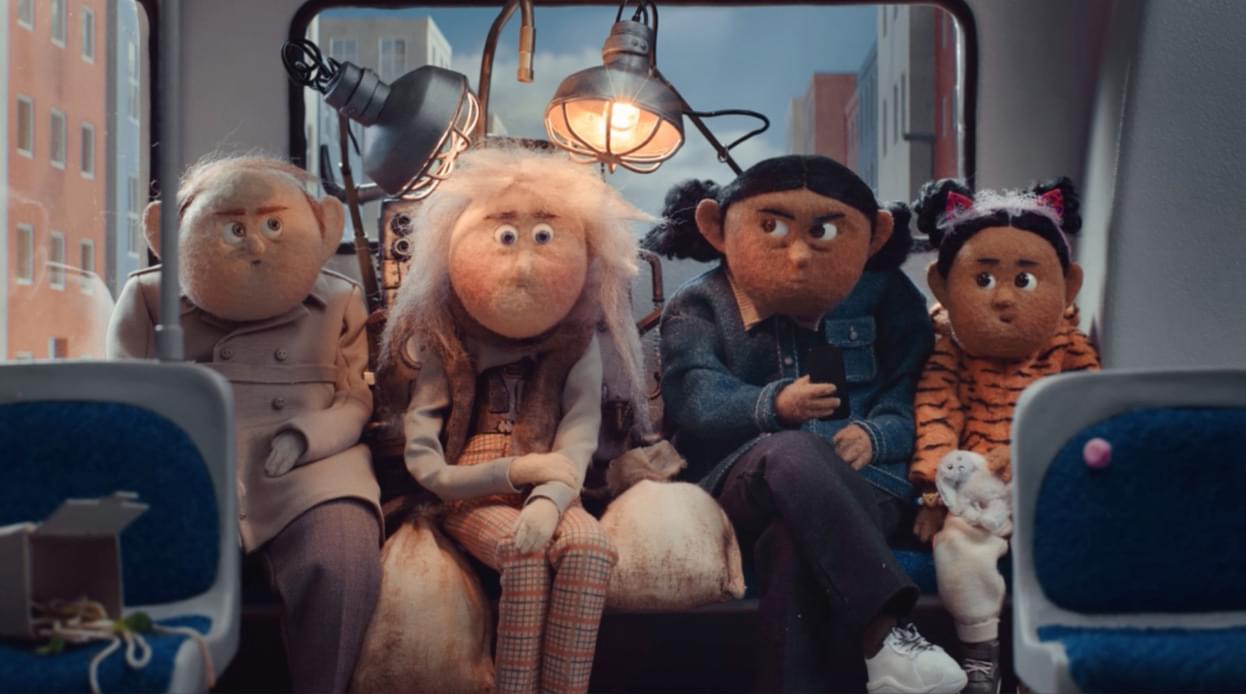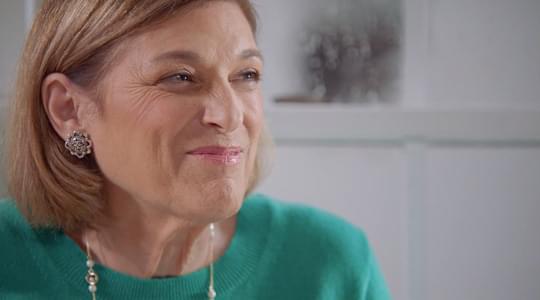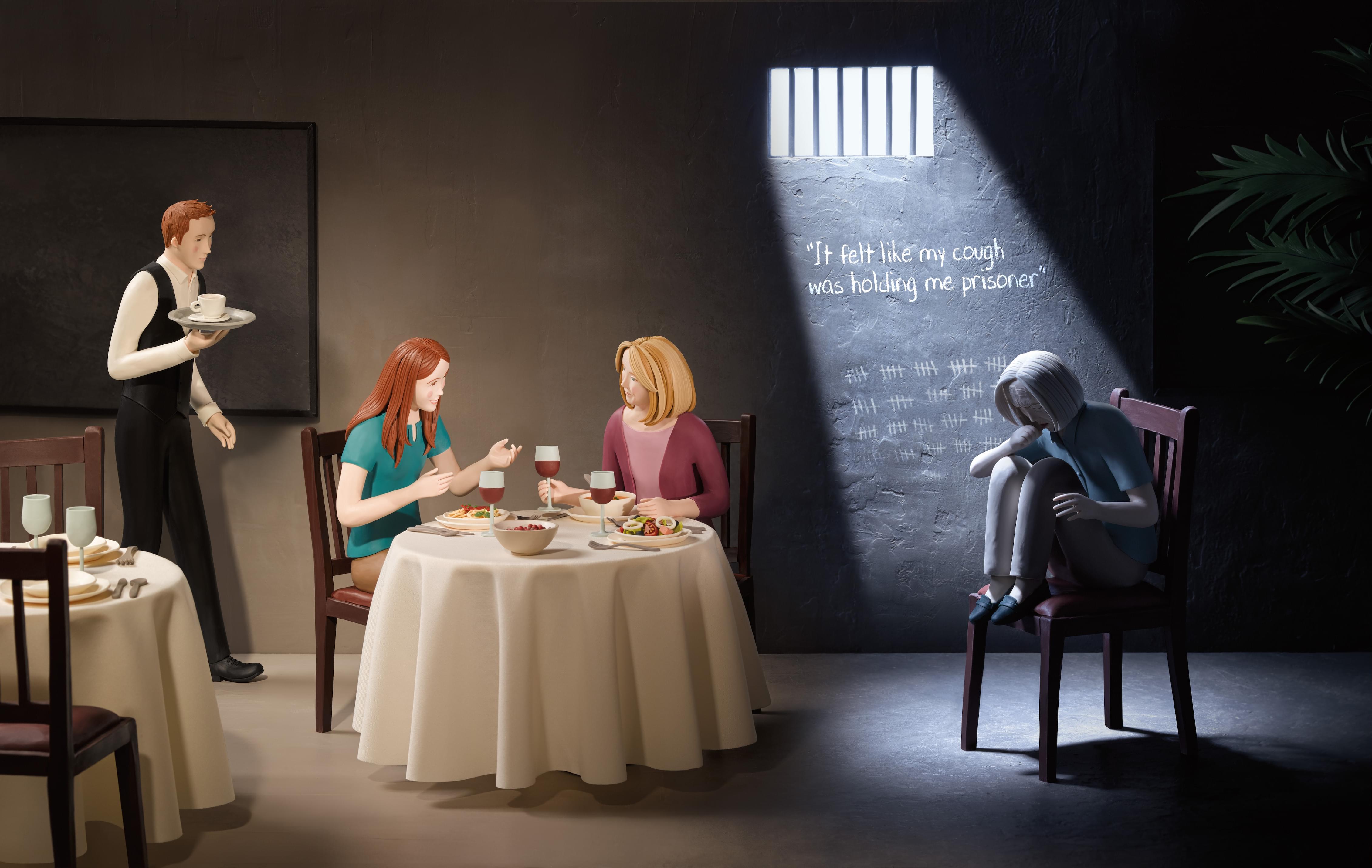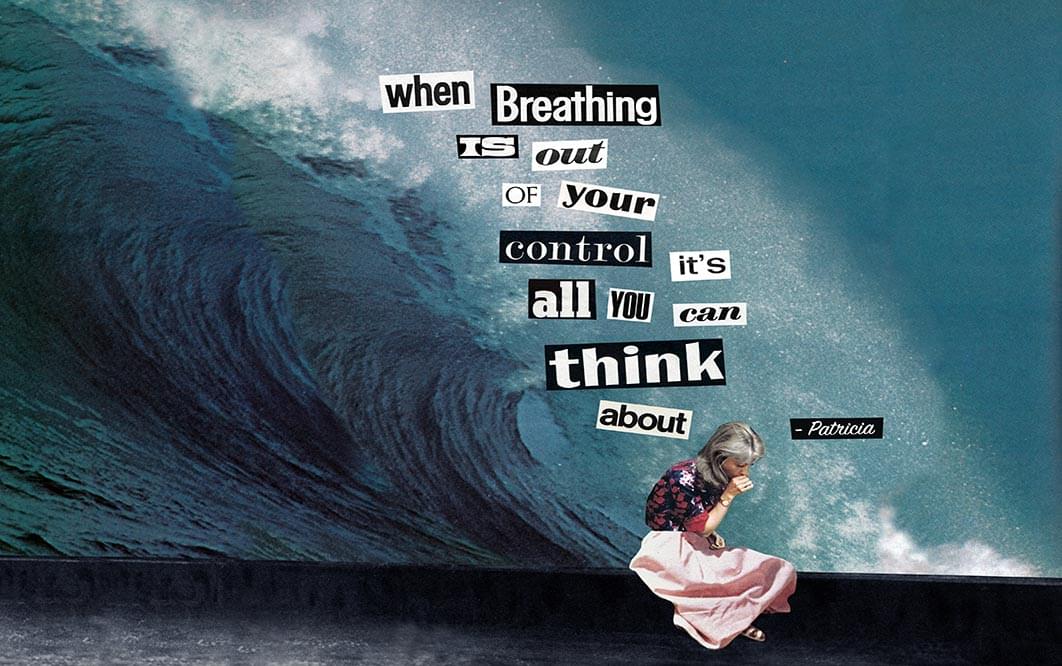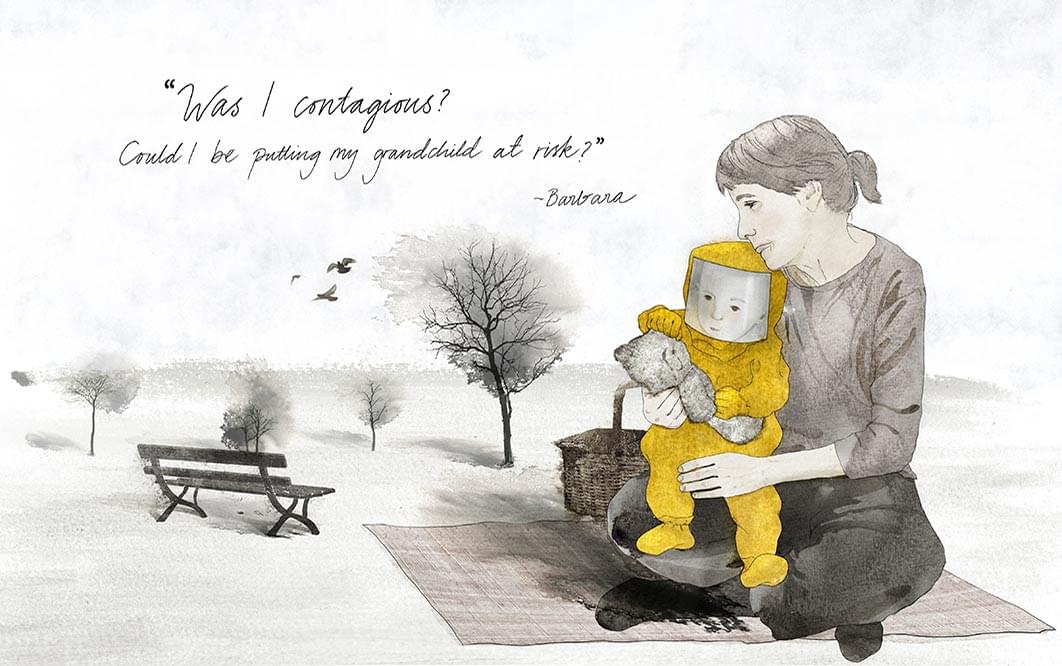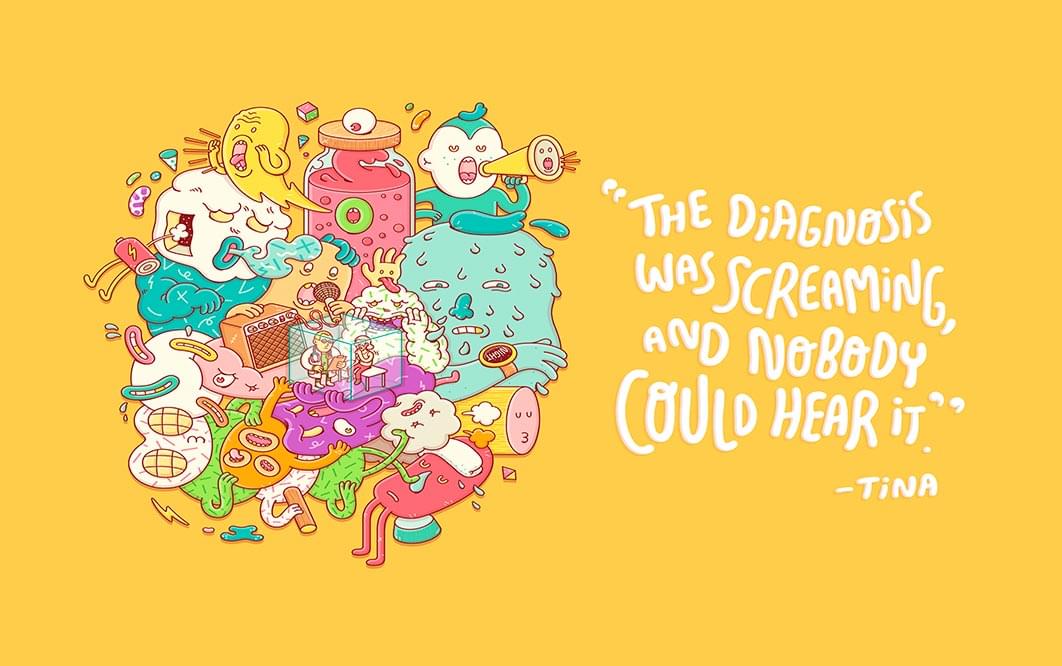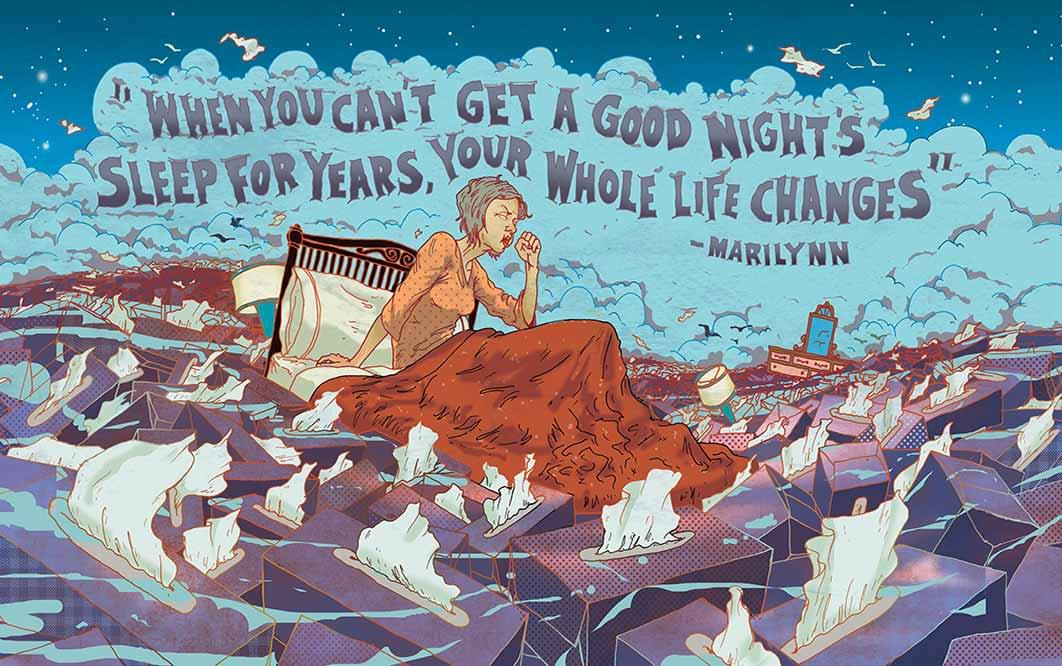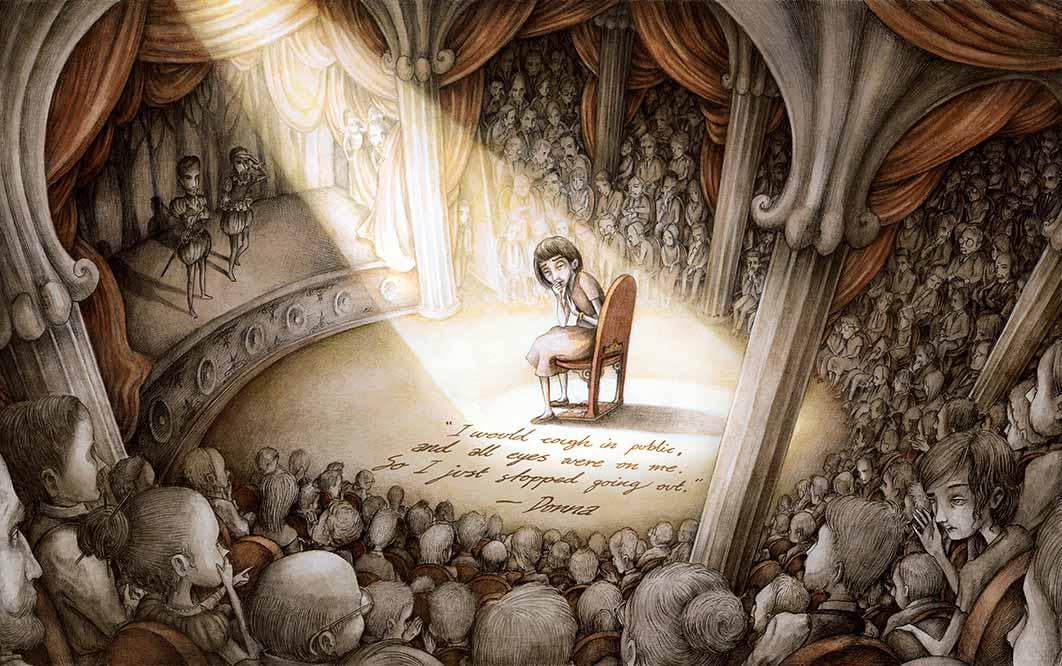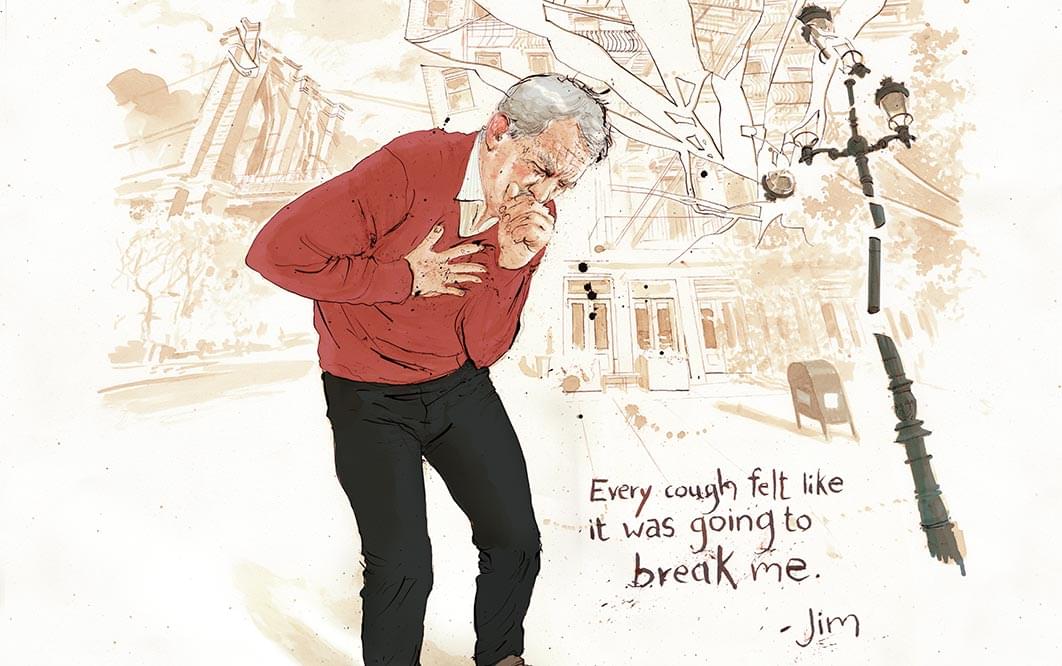See the impact of NTM on 3 people living with the disease
MEET BARBARA
Barbara was a hiker and traveler, always on the go. Her first symptom of NTM lung disease was a serious cough that stopped her from leaving the house. The cough was so violent she broke 2 ribs.
When Barbara was diagnosed with NTM lung disease after 2 years of coughing, she felt relief. She began educating herself about the disease and made some important changes to her life, including beginning treatment.
diagnosis
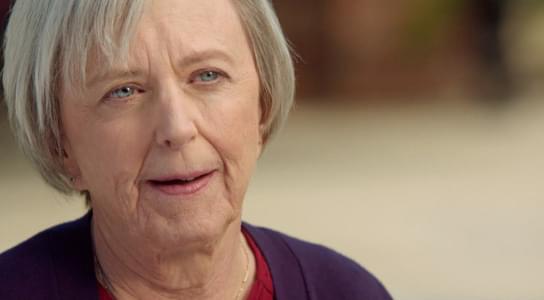
[INSPIRING MUSIC]
I grew up in Indiana and lived in Washington, DC, for 40 years. I hiked a lot. I went to the Grand Canyon. I went overseas, to Dominican Republic, to Africa. I just didn't sit at home very much.
My first symptoms of NTM were just a cough, and it wasn't a dry, day-by-day coughing. It was kind of a violent coughing and spasms. And so it was kind of like "grab your ribs and just cough, cough, cough." And at one point, I broke two ribs, which is a very painful injury.
I could no longer go out to lunch with friends because I would cough all through lunch. Couldn't go out to a movie theater, couldn't go to church. I would cough all through the service. I just felt lonely and scared.
I went to 15 different doctors in various medical specialties-- pulmonologists, cardiologists, allergists, infectious disease doctors. I coughed for over two years before I was finally diagnosed with this disease. I went to a major hospital that focused on lung disease, and it was at that hospital, as soon as I walked in the door, they knew I had NTM. It was almost the first thing out of their mouths.
They said, you're an older woman. You're slender. You've been coughing for a couple of years now, and you have underlying bronchiectasis. I fit the pattern. Finally, somebody, somewhere, put all the pieces of the puzzle together, and it was almost a joyous experience to know what I had, that I wasn't crazy.
Learn how Barbara’s quest for answers, which took her more than 15 different doctors and over 2 years, finally paid off.
with NTM
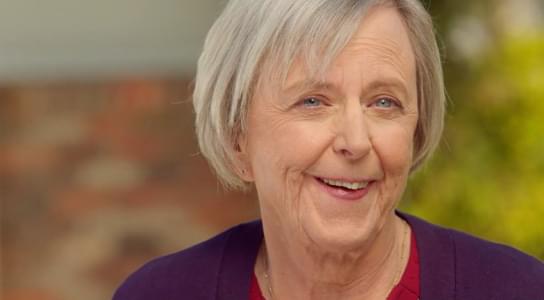
[INSPIRING MUSIC]
When I was finally diagnosed with NTM, it felt just like a huge weight being lifted off my shoulders. I had found the answer. It had taken two years and 15 doctors. I don't remember so much of what these doctors said, but I remember feeling deeply cared about. And I will always remember that. I had never, of course, met anybody else that had NTM, but I was no longer so lonely and isolated. There were other people out there.
After I was diagnosed with NTM, I turned to the internet. I researched everything I could on NTM. I wanted to know how I got it. I also started doing lung clearance, which meant every day I clean out my lungs. I use a little saline, and I blow into a device that shakes my airways. And I'm able to get a lot of mucus up. So that reduced my coughing symptoms probably by 50%, so that was key.
When we decided to treat NTM with antibiotic therapy, I was really, really scared. So I researched various drugs that were used to treat NTM. I researched the side effects. And all that served not only to give me more information, which was good, but it also served to reduce a lot of the anxiety. After doing research, I thought, well, maybe I can handle this. So many other patients had seemed to be able to handle it, and I had hope-- hope that life could be better.
Few other lingering symptoms, I think it's important to find out why. And that may take some perseverance on your part. It may mean going to a specialist. It may mean going to another city that has a medical center, to talk with people there about your lingering symptoms. So don't give up. There's hope. It's a journey, and I would say your part on the journey is to persevere, to find those people that could talk with you, whether they're a patient or a doctor.
Find out how Barbara overcame the obstacles of NTM and hear her advice for others who may have the disease.

[SOMBRE MUSIC PLAYING]
[COUGHS] [GASPS]
[SNEEZES]
When my cough wouldn't go away, I saw about 20 different doctors before I finally had my answer.
[SOMBRE MUSIC PLAYING]
Barbara’s long and frustrating misdiagnosis took her from doctor to doctor with no one having the right expertise to help. Watch “Unbreakable,” an animation inspired by Barbara’s story.

